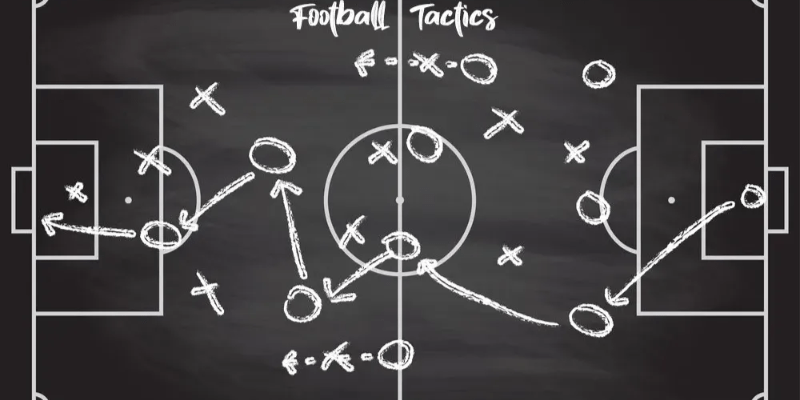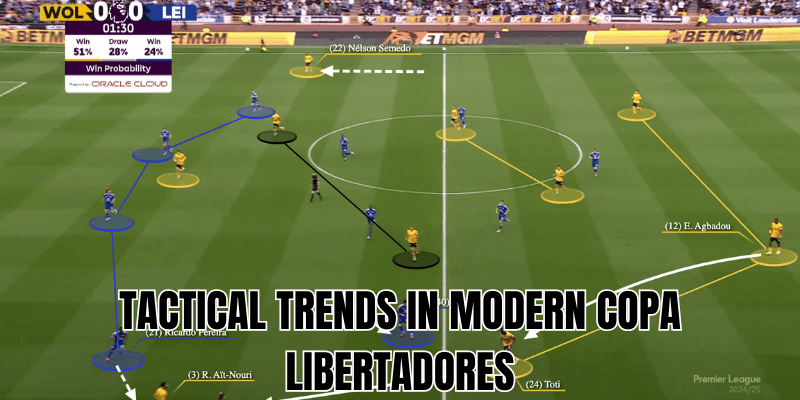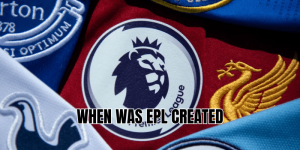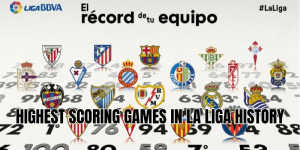The tactical trends in modern Copa Libertadores are evolving fast — and for DaoKick’s readers, that means witnessing the tournament not just as a clash of passion but as a war of ideas. South America’s premier club competition has always been a cauldron of styles: the flair of Brazilian flair, the steel of Argentine grit, the cunning of Colombian transitions. But in recent seasons, a new wave of tactical thinking has emerged — blending fluidity, athleticism, analytics, and adaptive systems. In this article, DaoKick will guide you through the key trends shaping modern Libertadores football,, set-piece craft, and more.
The tactical landscape: Why modern Libertadores is unique

To understand the tactical trends in modern Copa Libertadores, you must first grasp what makes this competition unique. The Libertadores presents extreme variability: altitude, travel fatigue, dicey pitches, fortress atmospheres, and the constant tension of two-leg knockout ties. Coaches can’t simply impose one system — they must adjust. Already, teams are showing:
- An emphasis on positional flexibility, especially in midfield, to counter opponent shape changes.
- The blending of possession-based control with high-leverage transitions — not one style dominating but a hybrid approach. azilian Football])
- A stronger role for data, scouting, and set-piece design as margins become finer.
These environmental factors force coaches to be tactically literate — to know when to press, when to drop, when to rotate roles, and when to gamble on a counterattack.
In the sections below, we’ll break down the major trends shaping modern Libertadores battles.
Pressing, blocks, and defensive structure

High press and selective pressing
Several Libertadores sides now adopt selective or situational high pressing rather than committing always to full-court pressure. The idea is more surgical: to force turnovers in half-spaces (between full-backs and center-backs) and exploit those moments immediately. Some teams launch an aggressive press only when the opponent’s build-up is vulnerable.
In doing so, these teams must maintain compact lines behind their press so that when the press is bypassed, the defense isn’t shattered vertically.
Hybrid defensive blocks
Pure low-block teams are rare now; instead, many sides flex between mid-block and low-block depending on context — especially away legs. This hybrid block allows them to absorb pressure but still threaten, teams will push forward in a compact “mid-block + pressing triggers” scheme.
Zonal vs. man-oriented pressing cues
Coaches deploy zone triggers — e.g. pressing when a pass is played into a pivot or a wide defender. Others mark specific opponents to neutralize key creators. The interplay between zonal and man marking has become more dynamic: certain zones trigger matched man pressure, others stay zonal. This fusion helps teams avoid being overrun in transitions.
Positional rotation, fluidity, and hybrid roles

One of the most striking tactical trends in modern Copa Libertadores has been the rise of players who transcend fixed roles. This manifests in several ways:
- Rotating pivots: instead of two fixed “6s,” some teams use a fluid trio where any of three midfielders can drop, push, or drift wide. This rotation confuses opponents trying to match up.
- Inverted full-backs / inside-fullbacks: full-backs sometimes tuck into central zones to help overload midfield or allow wingers to invert. This also gives more flexibility to shift to 3-man or 5-man structures midgame.
- “Relational football” influence: The Brazilian coach Fernando Diniz advocates for toco y me voy: controlled combinational sequences, diagonal passing, and a fluid approach to positioning. His style’s influence is noticeable in how some Libertadores sides now operate, especially in the Brazilian contingent.
These fluid systems help teams adjust mid-match to opponent changes, especially across two-leg contests.
Transition warfare: speed, counterpress, and overloads
In Libertadores play, defenses are often compact and matches tight. So transitions — both classic counters and counterpressing — have become central weapons.
- Immediate counterpress (Gegenpress): losing possession in attacking zones triggers a coordinated press to recover quickly and prevent the opponent.
- Vertical overloads and pivot-to-forward burstsa turnover is won, winning teams often use quick vertical passes or diagonal runs behind defenses. This is especially potent after high pressing forces a turnover.
- False breaks and decoy runs: using movements to create gaps — dragging central defenders wide to open vertical channels — is increasingly common.
Because Libertadores matches often hinge on first goals in tight ties, these transition moments can be decisive.
Possession, buildup, and tempo control
While counter tactics are rising, they haven’t eliminated the importance of possession — but possession with purpose.
- Controlled possession vs. aimless circulation: The goal is not to rack up pass stats, but to manipulate opposition shape, force positional errors, and then strike.
- Tempo modulation: Some teams slow play to lull opponents, then suddenly accelerate. They may escalate passing pace when space opens.
- Midfield overloads to force shape shifts: By pulling opponent lines out of shape, teams create pockets in between lines for penetration.
This approach is seen especially in Brazilian and Argentine teams that combine technical comfort with tactical structure.
Set pieces, recruitment, and data integration
As matches tighten, the margins shift to second-order tactics. These are the trends quietly influencing outcomes:
Set-piece optimization
Set-pieces have regained huge value in Libertadores:
- Teams practice varied routines — disguised runs, zone + man mixes.
- Delivery precision and timing matter more than ever.
- Some teams use video analysis to gauge opponent tendencies and prepare counter-set routines.
Recruitment for versatility
Squads are built not just for star power, but for players who can adapt:
- Technical full-backs who can play inverted roles.
- Box-to-box midfielders able to drop or surge forward.
- Wide players comfortable switching flanks.
Brazilian giants now scout not only for flair but for tactical malleability in continental contests.
Data, scouting, and match modeling
Coaches leverage analytics more:
- Predictive models to detect opponent weaknesses.
- In-game adjustment by feeding live data.
- Pre-match opponent “profiles” to hunt space or neutralize key players.
The Libertadores is becoming as much a data chessboard as a physical war.
Case studies: recent finals and innovations
Consider the 2024 final between Atlético Mineiro and Botafogo. That match was a tactical showcase: both sides adjusted pressing levels, rotated midfield shape, and looked for transitional strikes.
Also, under Fernando Diniz, Fluminense’s run in Libertadores brought relational football to the fore: his “toco y me voy” principles forced rivals into shape adjustments.
Meanwhile, Palmeiras under Abel Ferreira have merged disciplined defensive blocks with explosive transitions and positional cover — showing tactical maturity at continental level. el.
These real-world examples show how coaches are pushing tactical boundaries rather than sticking to static systems.
Challenges, risks, and pushing the evolution
Adopting these modern trends is not without danger:
- Over-pressing fatigue: If high press is used too liberally, teams may be vulnerable in late phases of matches or in altitude conditions.
- Positional chaos: Too much fluidity without coordination leads to gaps, especially against sharp counters.
- Data dependence limits spontaneity: Over-reliance on analytics may ham. Squad depth constraints: Many South American clubs still struggle with squad rotation, making it harder to maintain high-intensity tactics over months.
Yet the potential gains are massive. Coaches must thread balance: structure and freedom, pressing plus rest, possession but with intent.
Final Thoughts
The tactical trends in modern Copa Libertadores reflect a tournament in transformation. What was once a stage dominated by raw flair and temperament is now a battleground of systems, analytics, and adaptive thinking. Fluid roles, calculated press, ruthless transitions, set-piece innovation, and holistic recruitment are all part of the new Libertadores grammar.
If you want to stay ahead, DaoKick invites you to join us: follow match previews, tactical breakdowns, player-analytics, and top-lists. Share your thoughts, debate the next coaching move, and return here whenever you want to deepen your understanding of how modern Libertadores football is evolving.



